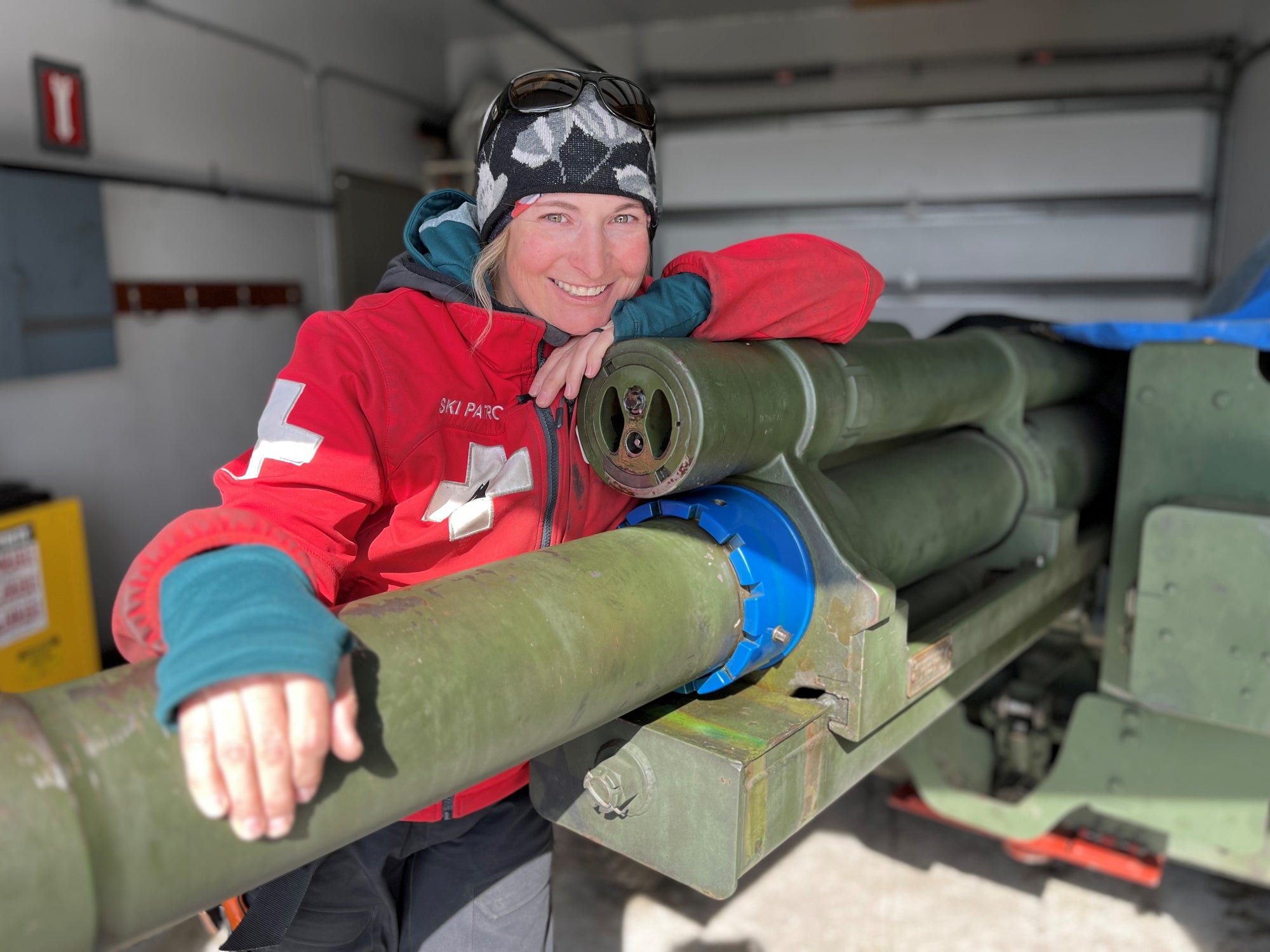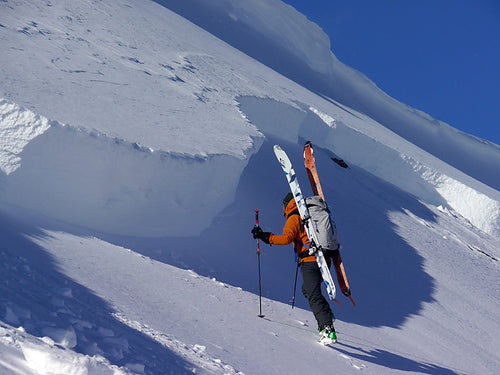Kakiko Ramos-Leon learned to climb in his native Mexico, but the bigger mountains of Alaska called to him. These days, he’s an Anchorage-based avalanche educator and Denali National Park climbing ranger whose job is to keep people out of danger in the backcountry.
[Note: This is part three of a series called The Invisible Hands of Avalanche Work, a five-part series that’s brought to you by Flylow and the American Avalanche Association. The point of these stories is to get to know some of the hard-working, behind-the-scenes folks who conduct the critical avalanche work that keeps the rest of us safe.]

Kakiki Ramos-Leon
Kakiko Ramos-Leon grew up in Autlán, Mexico, and discovered climbing through a rock climbing club at his university in Guadalajara. While in college, he and a couple of friends took a trip to Alaska to climb North America’s highest peak, 20,310-foot Denali in Alaska. From that moment on, Ramos-Leon dreamed of moving to Alaska, but it would take years—and a first career in electronics manufacturing—for the vision to become reality. He moved to Anchorage in 2010 and eventually became an avalanche educator with the Alaska Avalanche School and a seasonal climbing ranger at Denali National Park. We called up Ramos-Leon to talk about the best advice a mentor passed onto him, and the best advice he has for you.
I didn’t play any sports as a kid. I wore glasses and was always afraid of breaking them. But when I was about 15, a cousin who was living in the U.S. sent me a pair of plastic frame glasses for sports that wouldn’t break. I started mountain biking and it opened my eyes to what was out there.
In college, I found a flier for a rock climbing class. I thought rock climbing only happened in Mission Impossible movies. I was probably the most annoying student in the class. I asked the instructor so many questions, but I loved it right away.

I started climbing volcanoes in Mexico with friends from the climbing club. That was my first real exposure to snow. We were climbing through glaciers and snow. But I had no idea about avalanches. People were like, ‘This is Mexico, there are no avalanches. You don’t need to worry about it.’ But then two friends got buried in an avalanche on a volcano and I thought, ‘We definitely need to be aware of this.’
In 2005, when I was about to finish college, three friends from Mexico and I took a trip to Denali. We got to the summit. As we were slowly climbing our way down, I saw people on skis and snowboards just flying down. We could see our tent way down there at camp, but it was going to take us another six hours to climb down. I realized there is a better way to get down. At that point, I was like, if I want to learn how to snowboard and climb snowy peaks, I need to move to Alaska.
I couldn’t make it happen right away. I worked a very demanding job as an electronics engineer for mass production of computers and cell phones in Mexico. Anyone I dated during that time, I would tell them, ‘There’s a chance we will break up because I’m going to move to Alaska.’ They’d be like, ‘Yeah, yeah, keep dreaming.’
Mexico opened a consulate in Alaska in 2009, and they needed an IT person. A friend submitted my resume for the job and when I got the call, I said right away, ‘I’ll take the job. I want to move to Alaska.’ The person hiring me was like, ‘I haven’t even told you the salary yet.’
When I moved to Alaska, I wanted to get into snowboarding and into the backcountry. I found a mentor and he said, ‘We are not going into the backcountry until you take an avalanche course.’ That was very good advice. I eventually took my Level I, II, Pro 1, and Pro 2 through the Alaska Avalanche School and got a job in the office there, then eventually started teaching avalanche safety courses. I wanted to be off the computer and out in the field.

Learning about snow science felt like learning a third language. I still have a lot to learn.
We have a saying: When the snow is in question, terrain is the answer. That means that if the snowpack has considerable avalanche danger, you can still have fun if you manage your terrain in a smart, responsible way.
A lot of people underestimate Alaska. They’ve been climbing elsewhere and they come here and they’re like, ‘Yeah, I can do this.’ But everything is bigger here. Every valley has a different weather system. The altitude and latitude on Denali is something a lot of people don’t understand.





